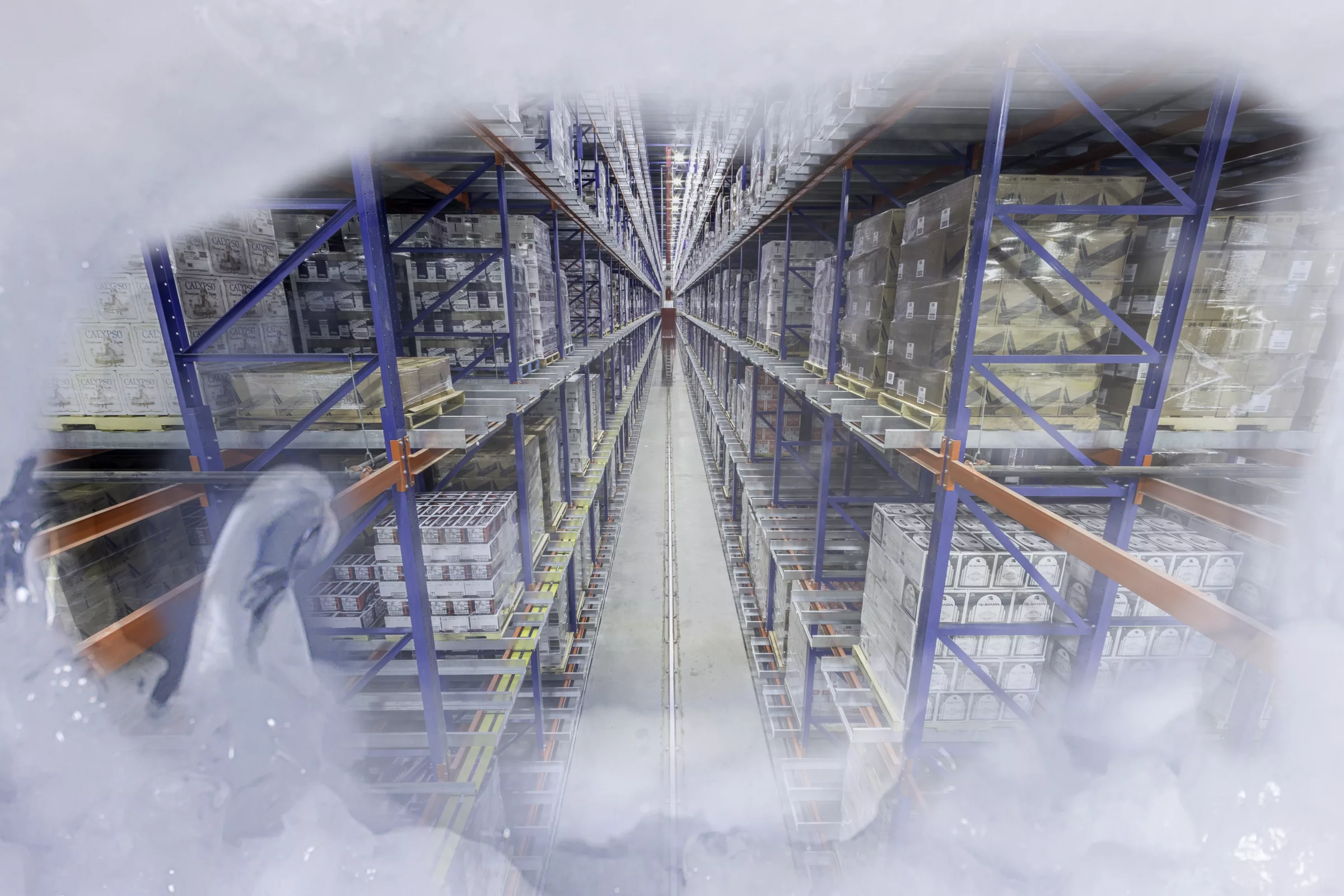June 01 2022
The cold storage industry is currently going through a renaissance due to the impact of the pandemic. According to the American Frozen Food Institute (AFFI), COVID-19 pushed consumers to the frozen food aisle, resulting in a 21% increase in frozen food sales in 2020. Additionally, it was discovered that 42% of families purchased frozen meals online, up from 23% in 2018.
Cold Storage Spike
Since the outbreak of the pandemic, 30% of Americans have increased their freezer capacity by installing a second fridge/freezer combo or a stand-alone freezer, according to the 2021 Power of Frozen study. This was due to one of the most pervasive and long-lasting pandemic food shopping trends: fewer but larger journeys. Frozen food and its extended shelf life were greatly appreciated by consumers who were preparing many more meals at home, pushing them to purchase greater freezer space.
With optimism surrounding the surge within the cold storage market, the major concern heading into 2021 was whether demand for e-grocery services would plummet from pre-pandemic highs, or if the convenience offered by online grocery shopping would convert first-time users into regular repeat customers; this was unprecedented as the food industry is not a volatile market. Introducing a new variable, such as a long-term shift in buying patterns, is unusual in such a steady sector.
That concern was definitively addressed in 2021. Despite month-to-month fluctuations in online grocery's proportion of total sales, the general trend for this category was upward. According to a survey by strategic advice company Brick Meets Clicks, e-grocery pickup and delivery's share of the US grocery industry climbed to 10% of total sales in 2021, up 2% from 2020.
While this spike in growth was sparked by a behavioral change in grocery habits, the general growing trend within the automation industry is not a surprise, according to Dan Labell, President of Westfalia Technologies, Inc. “While that [cold storage growth] is part of the overall growth in the automation industry, it’s important to recognize that there’s a huge shift from older, less efficient, conventional facilities to automated facilities as well.”
Labor Shortage Impact
While the optimism surrounding frozen food demand has put the cold storage industry in a great position to capitalize on the market, the national labor shortage has slowed their efforts. According to the State of the Warehouse Labor report by Instawork, 75% do not feel fully prepared for 2022 and 60% struggled to keep up with the increased demand last year. With the massive increase in volume, 73% of businesses said they were having difficulty attracting workers, up 25% from 2021.
The pandemic revealed supply chain weaknesses, increased fulfillment demand, and accentuated pre-existing labor shortages. While finding employees for a conventional warehouse is becoming challenging, cold storage facilities add an additional layer of difficulty. Outside of the physical and mental demands that come with a warehouse position, cold storage facilities add the burden of freezing temperatures to the work environment. With manual labor positions becoming less appealing, the solution may be in automation.
Automation Revolution
According to a market study from LogisticsIQ, warehouse automation will grow to beyond $30 billion in revenue within four years, which represents about 14% growth year over year. MHI’s Annual Industry Report found that cold or frozen storage facilities have been adopting automation to combat labor shortages and to enhance productivity within their existing facilities.
Automation as a labor strategy in temperature-controlled warehouses reduces operating costs by increasing efficiency and lowering energy consumption while reducing the amount of time personnel spend in frigid conditions.
The automation revolution has been gaining momentum for years and may be the answer for the rapidly growing cold storage market that is left looking for an answer.

